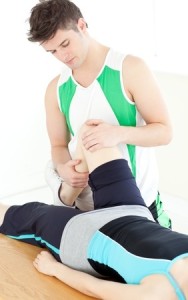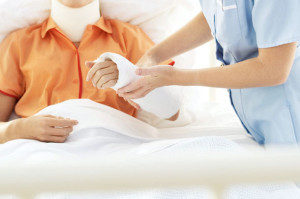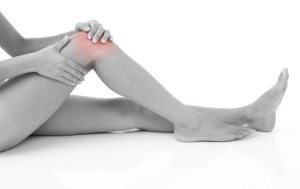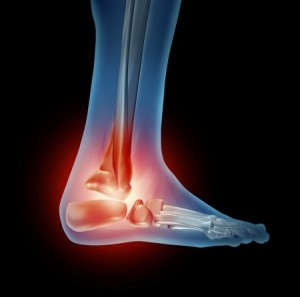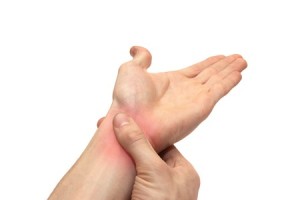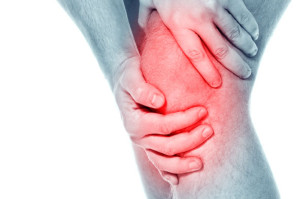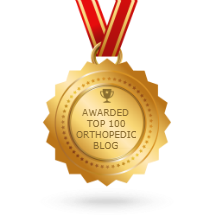How Do I Know If I Tore A Ligament
Ligaments are a type of tissue responsible for anchoring the bones to one another and stabilizing joints, such as the knee, ankle, and shoulder. It is possible for the ligaments to tear, especially after a fall or other trauma to the joint. Torn ligaments can cause significant pain and difficulty with movement, depending on the severity of the injury. 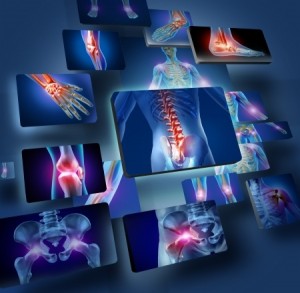
About Ligaments
Ligaments are an integral part of all the body’s major joints. In comparison to the muscles and bones, they are poorly vascularized and receive little blood, which makes it difficult for them to heal if torn. The ligaments often play an important role in keeping the joint stable. For example, the four ligaments of the knee (ACL, PCL, MCL, LCL) all work together to ensure that the knee does not move outside its narrow range of motion.
Ligament tears are graded based on how severe they are:
- Grade I – Stretching or a minor tear
- Grade II – Moderate tear
- Grade III – Severe tear, the ligament is torn in two
Torn Ligament Symptoms
Torn ligament symptoms vary widely based on whether the tear is Grade I, Grade II, or Grade III, as well as on how severe the tear is. For example, Grade I tears usually produce relatively mild symptoms of pain and swelling, while Grade III tears may produce severe pain, a feeling of joint instability, or an inability to move or place weight on the joint.
It is often immediately obvious that something has happened to the joint, since torn ligaments are often traumatic or sports injuries. Other times, the damage may occur more slowly.
Diagnosis
The symptoms of a torn ligament can also mimic symptoms of other orthopedic problems. Therefore, physicians must use diagnostic tools to determine the exact cause of the symptoms. Many times, physical examination and asking the patient about symptoms give a the doctor a good idea of the cause. To confirm the diagnosis, medical imaging such as ultrasound is often used.
Possible Treatments
The treatment for torn ligaments depends on the severity of the tear. Most cases of Grade I tears can be treated without surgery. In such cases, resting the joint and then building it back up with physical therapy can be sufficient.
On the other hand, Grade II and III tears may require surgery, since the ligament typically does not have the ability to heal on its own. Minimally invasive surgery is often available. Surgery is more likely to be used for athletes and younger individuals.
Dr. Howard Marans is the top doctor for torn ligaments in Orange County. Dr. Marans would be happy to meet with you about your torn ligaments. To schedule a consultation today, please click below and enter your information or give us a call at 714.979.8981.



